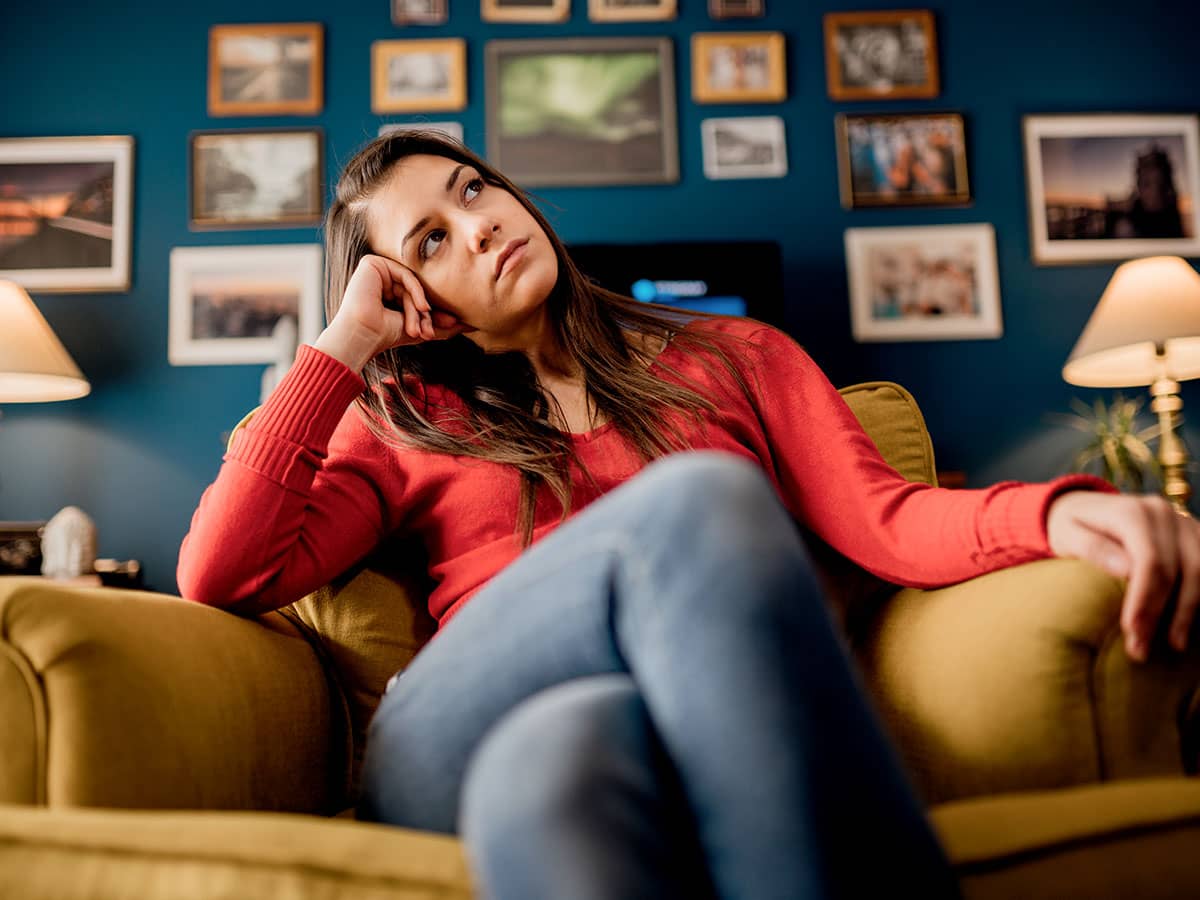For years after her brutal torture in Guatemala, Sister Dianna Ortiz searched for answers about why a man with a North American accent was present during her ordeal. Feeling stonewalled by government agencies that had repeatedly heard her testimony, Sr. Ortiz planned a silent "vigil for truth" in a park in Washington, D.C. Excerpted from "The Blindfold's Eyes: My Journey from Torture to Truth" with permission of Orbis Books.
To be honest, I was hoping I wouldn't have to handle the vigil. I sent a letter announcing the vigil to President Clinton and others. Then I tried not to wonder each time the phone rang if it would be for me, if someone would say, "Sister Dianna, you don't have to go on a vigil day and night to get information in this country." It was an election year-surely the president wanted his administration to look good.
But the days passed, and no phone call came. Two weeks, finally, were all that remained. The time for benevolent voices on the phone had come and gone. I sent out a letter to my friends and human rights contacts, announcing what I was going to do and closing off my last exits.
I scheduled the beginning of the vigil for Palm Sunday, which commemorates the day Jesus journeyed into Jerusalem on a donkey. Jesus had the courage to make that journey to his trial and crucifixion, to do what he believed was right for humanity. My search for the truth was not just for myself but for the people of Guatemala. I hoped that remembering Jesus' courage would give me the strength to do what was right for them, not simply what was most convenient or comfortable for myself.
Starting the vigil on Palm Sunday also reinforced for me the idea that all people are called to carry their cross and walk their journey; and however difficult that journey and however heavy that cross, the journey is toward life, ultimately. Each step is one more step toward life.
The vigil, in some ways, would be the opposite of the clandestine prison, and the miniprisons I used to protect myself would be absent. On the vigil I would be sitting in the open air day and night--I, who so often shut myself in my room. I would be highly visible, even though I was known to say when I was having a hard time, "I just want to disappear." The vigil represented a step out of the prison I carried within.
Beginning the vigil on Palm Sunday, I would have the opportunity to speak out on the situation in Guatemala and frame those thoughts in a faith context. I asked myself how I could do that. I still couldn't say, "Yes, God, I commit my life totally to you." And I felt like a hypocrite for not being able to say that because, after all, I was a nun. But I was beginning to realize that faith involved more than my relationship to God and the Church and the sacraments. It involves our relationship with all the universe, including ourselves. And I was starting to have a kind of faith. I had started to believe in the goodness of nature. Squirrels, for example, no longer seemed evil to me. Nature was no longer suspect, a potential vehicle for the Devil-or the torturers-to work through. I was also starting to have faith in myself. I believed that I could stand up for what was right. Instead of thinking I had done everything wrong on that day six years ago, [...] I was starting to believe that maybe God had been with me, giving me the strength to resist temptation and to stay alive. I had a kind of faith. So I dared to start my vigil on a sacred day and derive the strength I could from that day and its symbolism.
2016-06-30
2016-06-30
Beliefnet Editor
more from beliefnet and our partners

